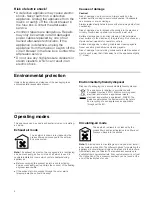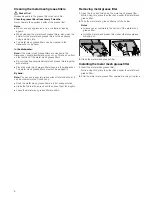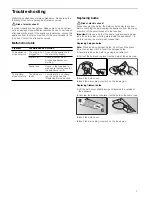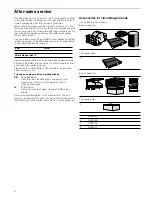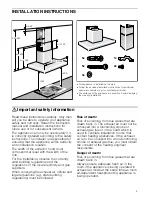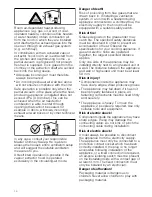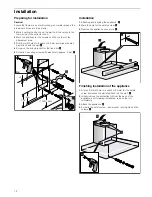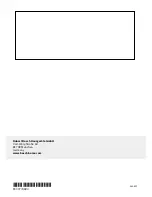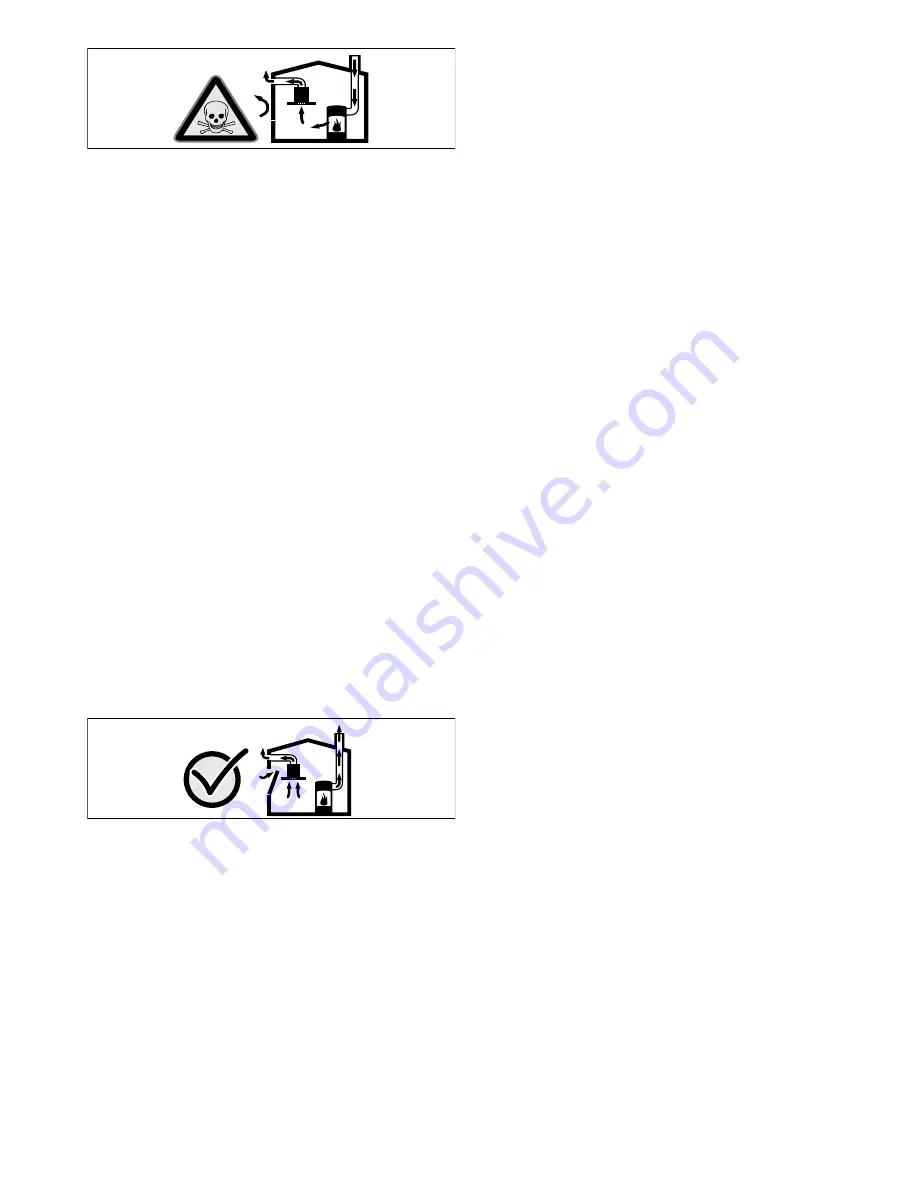
10
Room air-dependent heat-producing
appliances (e.g. gas, oil, wood or coal-
operated heaters, continuous flow heaters
or water heaters) obtain combustion air
from the room in which they are installed
and discharge the exhaust gases into the
open air through an exhaust gas system
(e.g. a chimney).
In combination with an activated vapour
extractor hood, room air is extracted from
the kitchen and neighbouring rooms - a
partial vacuum is produced if not enough
fresh air is supplied. Toxic gases from the
chimney or the extraction shaft are sucked
back into the living space.
■
Adequate incoming air must therefore
always be ensured.
■
An incoming/exhaust air wall box alone
will not ensure compliance with the limit.
Safe operation is possible only when the
partial vacuum in the place where the heat-
producing appliance is installed does not
exceed 4 Pa (0.04 mbar). This can be
achieved when the air needed for
combustion is able to enter through
openings that cannot be sealed, for
example in doors, windows, incoming/
exhaust air wall boxes or by other technical
means.
In any case, consult your responsible
Master Chimney Sweep. He is able to
assess the house's entire ventilation setup
and will suggest the suitable ventilation
measures to you.
Unrestricted operation is possible if the
vapour extractor hood is operated
exclusively in the circulating-air mode.
Danger of death!
Risk of poisoning from flue gases that are
drawn back in. If installing a ventilation
system in a room with a heat-producing
appliance connected to a chimney/flue, the
electricity supply to the hood must be
equipped with a suitable safety switch.
Risk of fire!
Grease deposits in the grease filter may
catch fire. The specified safety distances
must be observed in order to prevent an
accumulation of heat. Observe the
specifications for your cooking appliance. If
gas and electric hobs are operated
together, the largest specified distance
applies.
Only one side of the appliance may be
installed directly next to a high-sided unit or
a wall. The distance between the appliance
and wall or high-sided unit must be at least
50 mm.
Risk of injury!
■
Components inside the appliance may
have sharp edges. Wear protective gloves.
Risk of injury!
■
The appliance may fall down if it has not
been properly fastened in place. All
fastening components must be fixed firmly
and securely.
Risk of injury!
■
The appliance is heavy. To move the
appliance, 2 people are required. Use only
suitable tools and equipment.
Risk of electric shock!
Components inside the appliance may have
sharp edges. These may damage the
connecting cable. Do not kink or pinch the
connecting cable during installation.
Risk of electric shock!
It must always be possible to disconnect
the appliance from the electricity supply.
The appliance must only be connected to a
protective contact socket which has been
correctly installed. If the plug is no longer
accessible following installation of the
appliance, or a fixed connection is required,
an all-pole isolating switch must be present
on the installation side with a contact gap of
at least 3 mm. The fixed connection must
only be installed by an electrician.
Danger of suffocation!
Packaging material is dangerous to
children. Never allow children to play with
packaging material.
Summary of Contents for DWA064W50B
Page 1: ... en Instructions for installation and use Extractor hood ...
Page 14: ......
Page 15: ......




